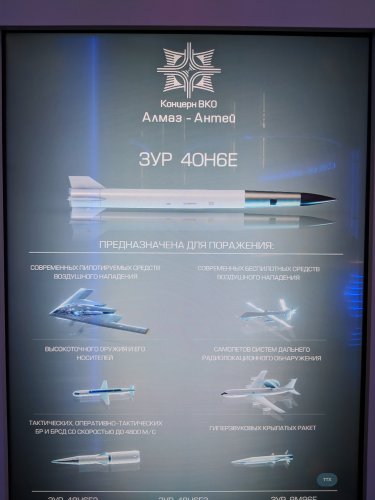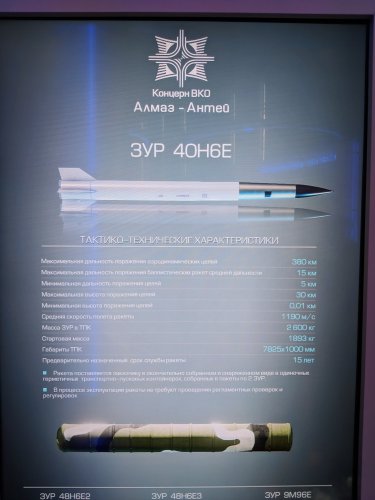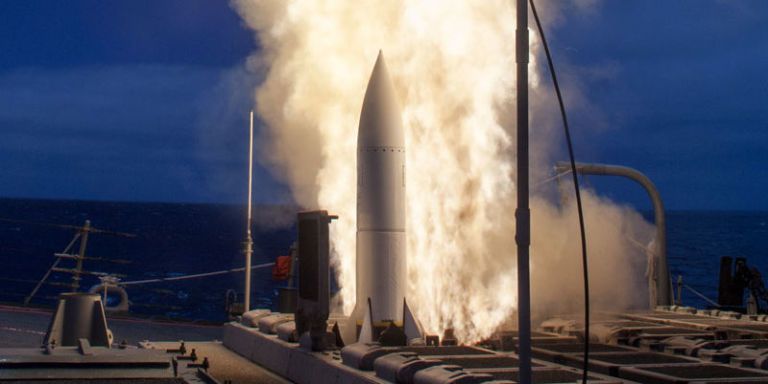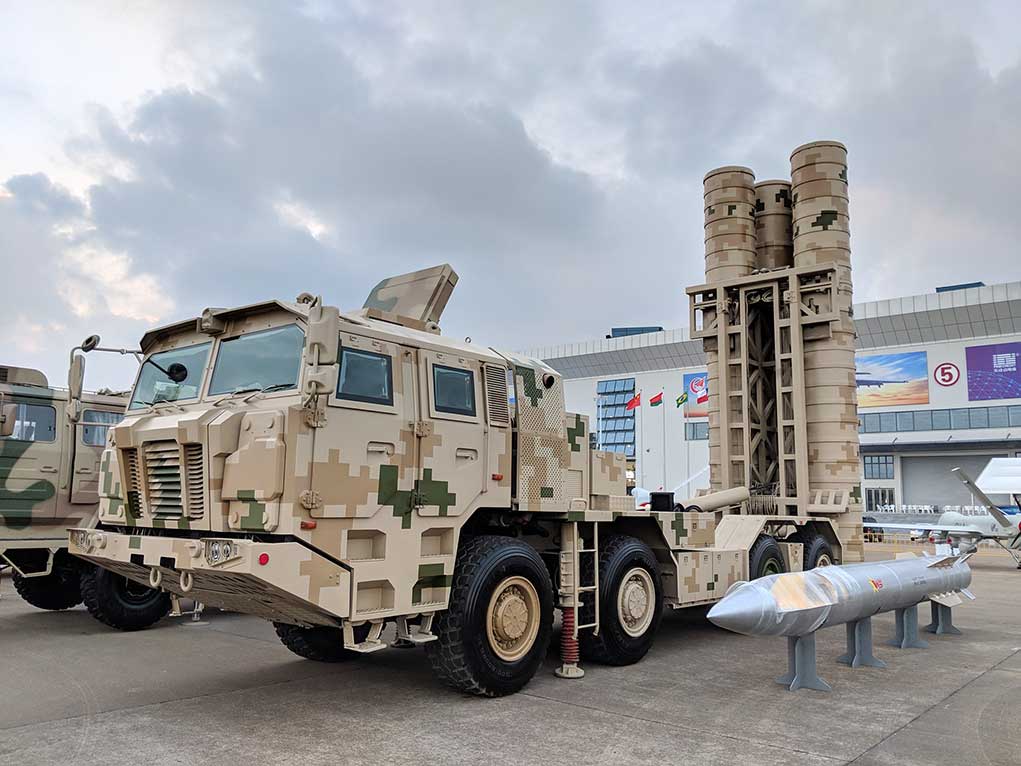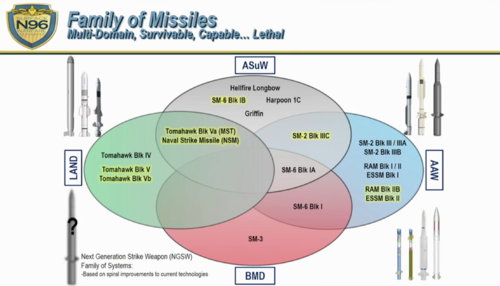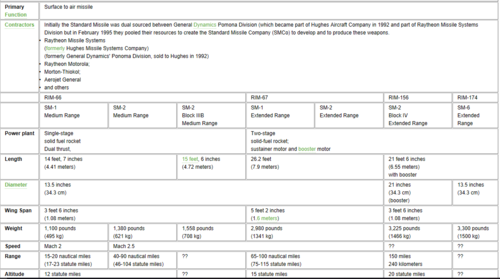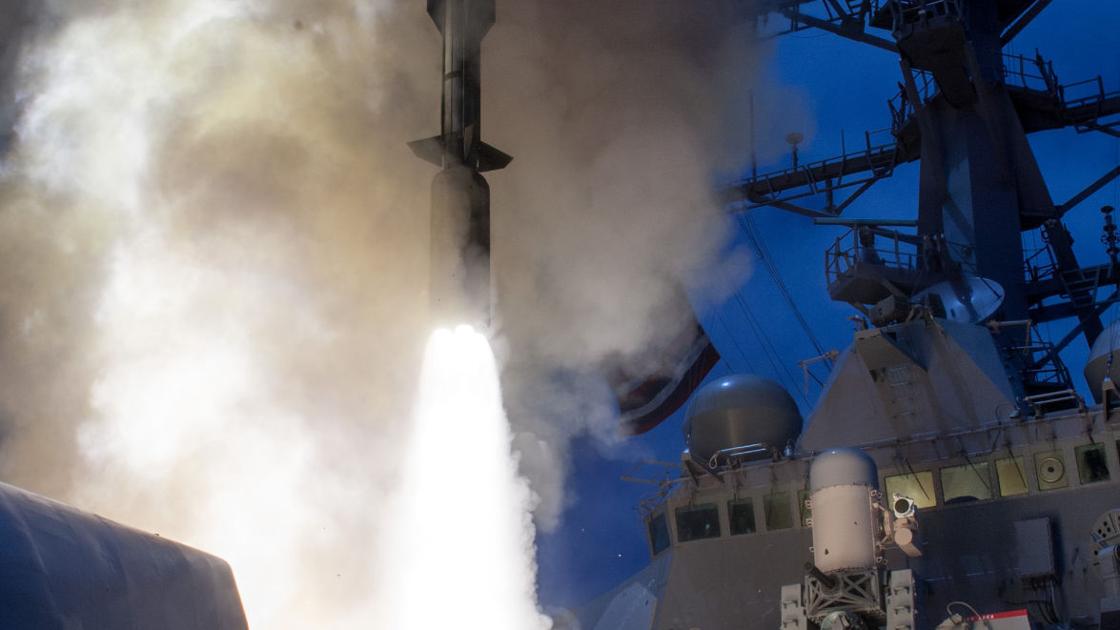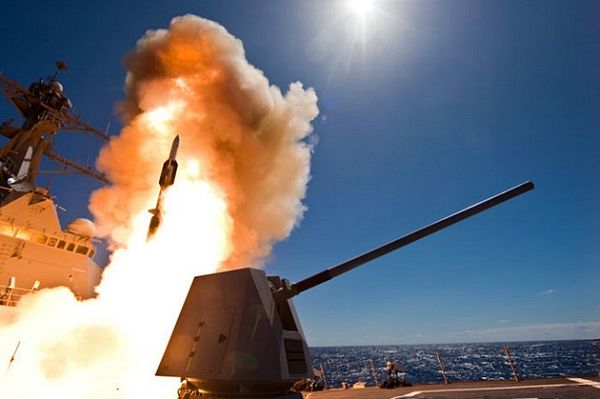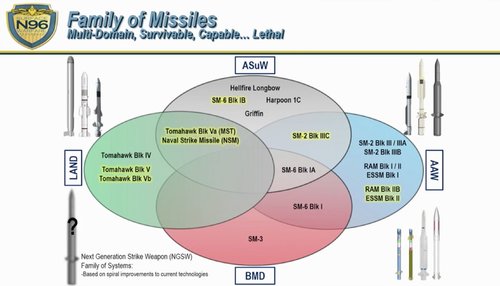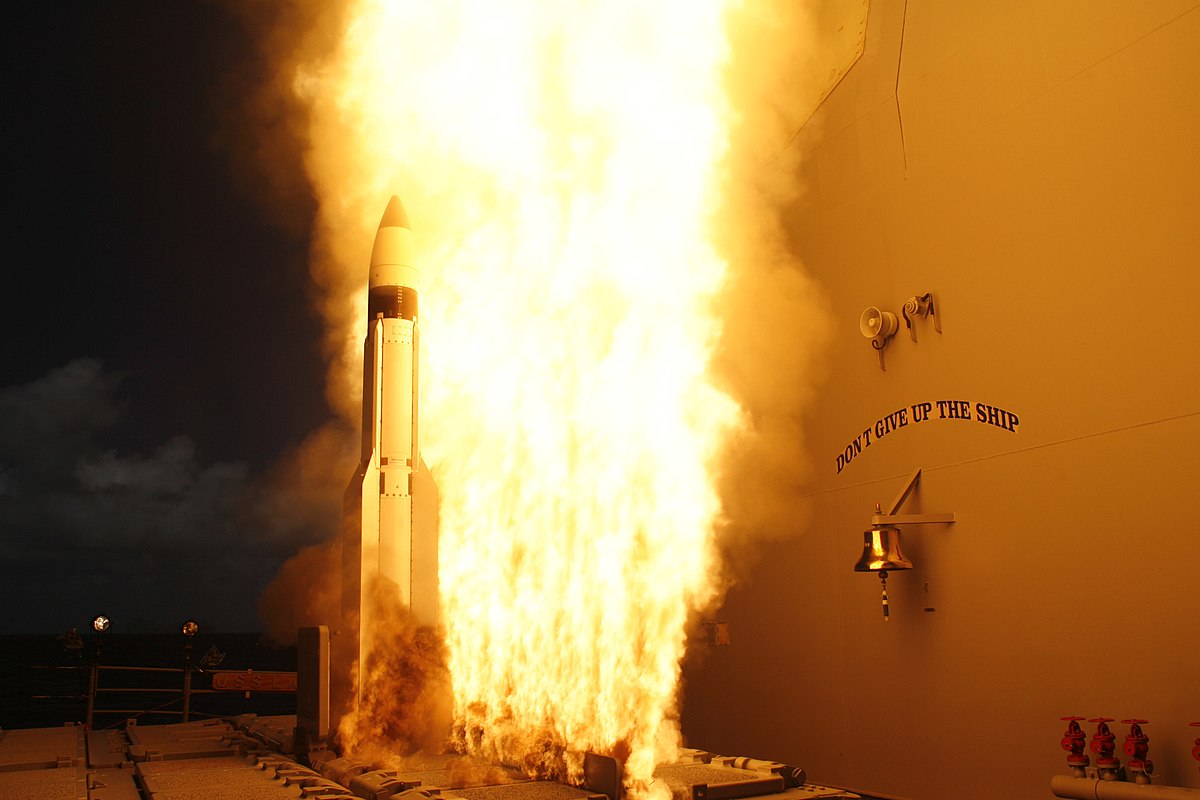I think the most comparable missile right now to the SM-6 is right here.
The standard missile sub section of this forum is a great resource. I would highly recommend going through it first (and other places) before posting stuff that is pretty easy to clear up or refute. Your comparison has two factual errors
1. Range of the Standard Missile 6 (baseline) is off
2. Comparing a Semi-Active homing head missile system to one that has a Dual-Mode Seeker (Active and Semi-Active)
I (or someone else) may have posted this before elsewhere but just posting a snippet here to refresh -
"The active-radar seeker gives the SM-6 an over-the-horizon capability using target data obtained from remote sensors via the Co-operative Engagement Capability. Its maximum range of 200 n miles (370 km) is intended to allow deep inland control of airspace, particularly against manoeuvring targets."
Source: Jane's Missiles & Rockets
Title: "Standard Missile 6 achieves Initial Operational Capability"
Author: Doug Richardson
Date of Publication: 11/28/2013
I have also read "in excess of 200 n miles" used by other publications but needless to say, the SM-6 as it exists now is a 350-400 km ranged weapon provided it gets OTH targeting and utilizes the Naval Integrated Fire Control-Counter Air architecture. The Extended Range SM-6 (SM-6 Block IB) promises to improve that by quite a bit provided it retains its multi-mission role.

